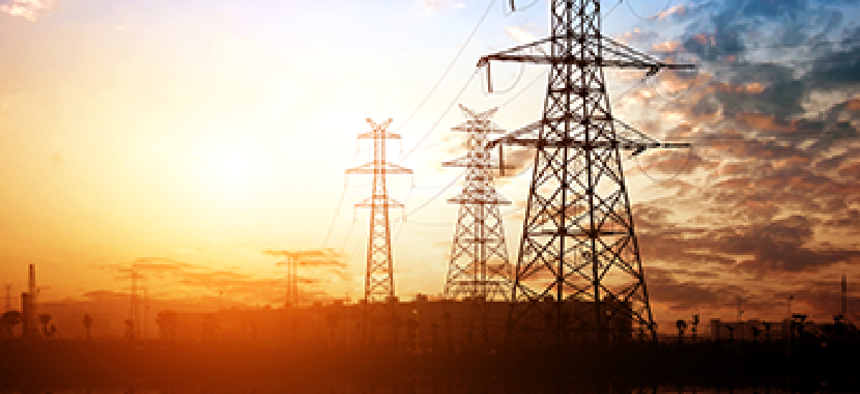NIST reports progress on cyber framework

Halfway to the executive order's deadline, best practices and clear standards are taking shape.

The nation's critical infrastructure, including its power grid, is vulnerable to cyber attack. (Stock image)
The cybersecurity executive order President Barack Obama issued in February to fortify U.S. critical infrastructure is approaching a key benchmark, and officials note that while significant progress is being made, it remains an effort that will extend far beyond traditional deadlines.
Among the directives in the executive order was a measure for the National Institute of Standards and Technology to lead the development of cybersecurity framework within a roughly eight-month timeframe that would unify government expectations and requirements for public and private IT networks and systems. Since then, NIST has convened workshops involving both the public and private sectors, and key lessons are reportedly emerging.
"We're keenly aware and sensitive to the fact that we're more than halfway through the 240 days the president gave us, so we're working diligently with our partners at [the Homeland Security Department and White House], and the private sector," said Chuck Romine, director of NIST'S IT Laboratory. Romine, speaking June 12 in Washington, D.C., added that the cooperation is yielding best practices identifying standards that contribute to the overarching goals of the executive order.
Particularly important has been the involvement of the owners of privately run critical infrastructure, such as utilities, Romine said.
"The owners and operators of critical infrastructure really do understand the behavior of our infrastructure better than the federal government can, so working with them on voluntary standards is exactly the right way to go for raising the bar of the baseline of security for the nation's infrastructure," he said.
The development of voluntary standards is critical to federal cybersecurity, Rep. Gerry Connolly (R-Va.) added, highlighting that the time to act is now, before a potentially serious attack.
"If something terrible happens...the public reaction is going to be strong and federal action will be inevitable," Connolly said, noting disappointment that Congress so far has failed to pass cybersecurity legislation. "We won't be talking about voluntary standards."
Outside of regulatory and legislative efforts, other changes are underway -- particularly behind the scenes as some high-level cybersecurity heavyweights push for less-tangible transformation. Such changes mean the government must step away from the traditional border-defense view of security, according to Michael Daniel, White House cybersecurity coordinator.
"Ultimately we need to think about other models," Daniel said. "We could think of it in disaster management terms. Some of our government's main role there is to operate national weather center – they're able to integrate information from the private sector and government and where ever [information] is coming from. Not every storm in the physical world prompts a federal response....that kind of model could be useful to think about how to respond [in cyberspace]."
Another model for federal cybersecurity could be medicine, Daniel added.
"Thinking of it in a public health model approach, if you look at how malware spreads across the internet, it actually mimics the biological system," he said. "Thinking about it in terms of a medical approach... [such as] how much do you need to vaccinate to prevent it from spreading? Those models could be much more effective in how we think about what the federal government's global role and activities in cyberspace should be."
Elsewhere in Washington, NIST officials reported to Congress on the development of cybersecurity standards. In a Capitol Hill hearing on cyber spending, NIST Director Patrick Gallagher spoke to lawmakers about efforts under the executive order before much of the focus of the hearing shifted to National Security Agency surveillance activities.





